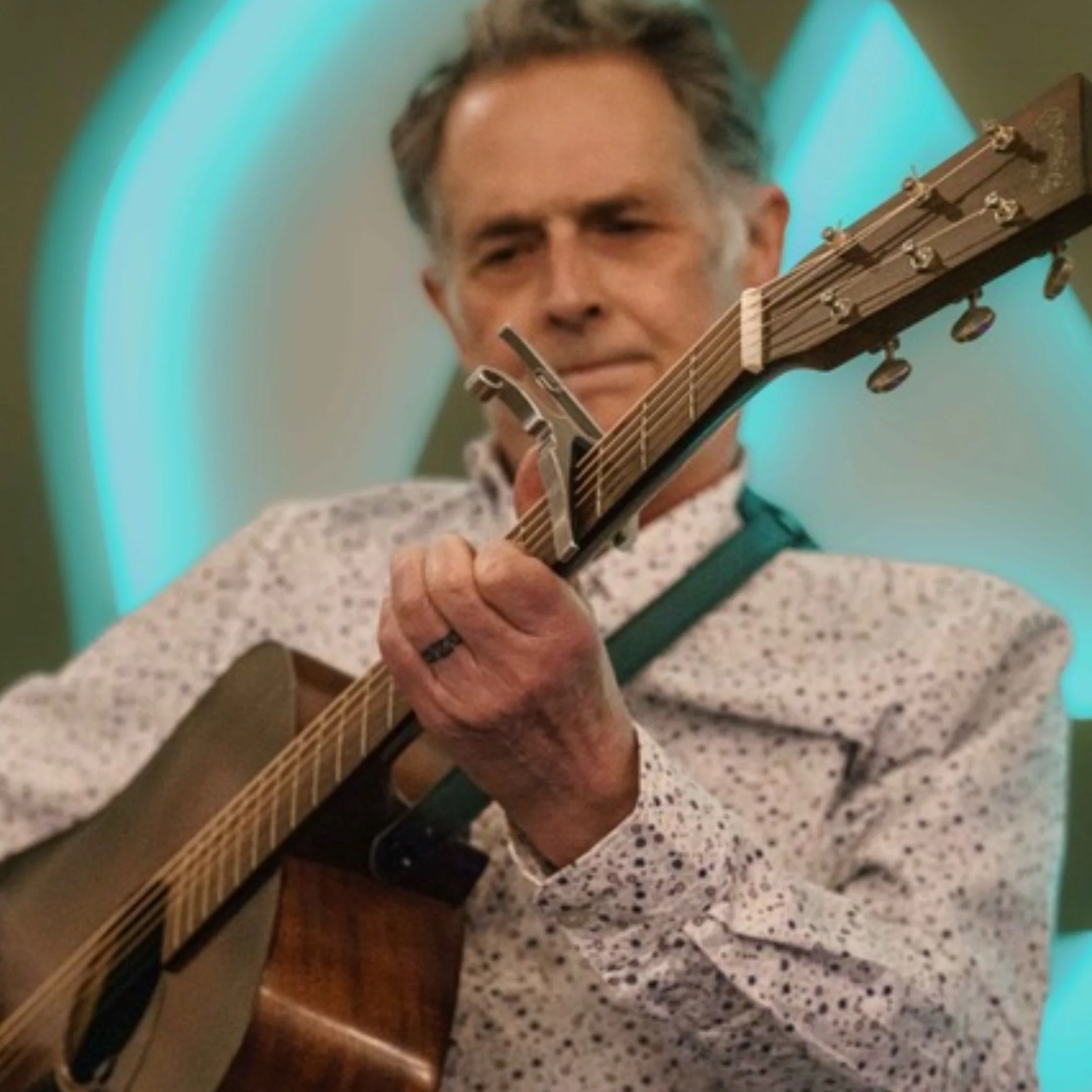By Roger P. Watts
“You ought to write a book,” is something I’ve been told most of my adult life. That’s because many people who have known me through the years have found that I have lived an interesting life full of stories that have generated both laughs and tears.
In fact, you can easily separate the two halves of my life by one day: December 19, 1987. That was the day that I didn’t drink or take any drugs for the first time in 21 years.
I began recovery as most people do with a shudder and a lot of apprehension. But that’s a story better saved for another time. For now, it is important just to say that this day was a turning point for me in my life, and I have never looked back on any time before that day with nostalgia or yearning for “the good ole days.”
Early recovery took me into a new career from the photojournalism and editing work I had been doing for a decade. I began my work in the addiction treatment field only a few months after getting sober. From that point until 2012, I worked as a front-line counselor for a variety of clinics from the East Coast to the Midwest.
But, that career is not what brings me to Dissonance.
In 2012, two significant things happened to enhance the quality of my life. I received a PhD in psychology that year and began my first university teaching assignment. But, I also reprised my earlier work as a photographer, and I have been making documentary photographs ever since.
Today, I both teach and make photographs. The teaching is also better discussed on another day. For this post, I want to talk about my artistic work history and the meaning it has in my life.
Photography was always a hobby of mine, starting in my youth as an assistant at a tiny studio on the south shore of Boston. I loved the idea of capturing images and found, through Al Davidson’s studio, the chance to make interesting and, it turned out, high-pressure photos. I became a wedding photographer for his studio and applied what he taught me about how to capture the visual memory of a bride’s biggest day. I did that throughout my senior year at college and loved just about every minute of the 40-or-so weddings I photographed.
But, I was also imbued in that year--the crucible year of 1969--with the juvenile idea that armed with a college degree I ought not “settle” for just being a photographer the rest of my life. So, I stopped taking photographs and entered the business world.
I would not pick up another camera until 12 years later! After losing the election of 1980 to Ronald Reagan, many of us who worked in the White House (I was a “press advance man” for President Carter) found ourselves out of luck and out of work. With my addiction raging at the time, I one day imagined I would take photographs of the first launch of the space shuttle Columbia. To a drug addict, this was the most reasonable thing to think -- that without gear or experience, I could do such a thing. Undaunted, I borrowed a camera, raced to Cape Canaveral on my motorcycle, shot a few rolls of Kodachrome, and found in one of my frames a picture that ended up in Newsweek magazine. At that moment, I was of the honest and deep yet delusional belief that I was about to become the world's greatest photojournalist!
Soon, of course, I found myself bartending and driving a taxi in Washington D.C., getting politicians loaded at an Irish bar, or ferrying patrons to and from the very White House where I had a security pass only months before.
Yet, despite the setbacks of being a rookie in the pressurized world of Washington photojournalism, I didn’t drown, but kept my head above the tide and became, by 1985, fairly well established with a fledgling role as a sometimes-contract photographer for the now-defunct Gamma Liaison Photo Agency out of Paris. But, still grandiose and fueled daily by alcohol and other drugs, I thought it a good idea to drop all that and become an editor with a national news weekly in Florida. It was there that I worked when I crashed my drug-addled life on that fateful day in 1987.
Fast forward to 2012. Having not shot any photos for 25 years, I decided to try my hand again at photography as a way to interpret my world for others and have a meaningful artistic life.
The first thing I did after buying a camera was search for a subject. Right away, I found that a local theater in Minneapolis, the oldest continuously operating theater in the Twin Cities, needed someone to shoot production stills for publicity and the theater’s archive. To this day, after volunteering to photograph for three seasons and dozens of plays, I still shoot the performances of the incredibly talented actors who tread the boards at the Theatre in the Round.
I have rediscovered my own art by training my lens on theirs. And, as a sober man in long-term recovery, I can finally appreciate how much that means to me.
What good fortune it is to discover, here in the Dissonance community, others who are committed to art and being well. And to sharing our stories. Perhaps we all have a book to write.
Dr. Roger P. Watts is an adjunct professor at Augsburg and Concordia universities, where he teaches psychology courses, in the Twin Cities of Minnesota. Also a photographer, he is leading a campaign to produce a photo-documentary called "Beyond the Arena," a touring exhibit that would feature an intimate behind-the-scenes look at acting and live theater.





